The History of Bolivian Cuisine
- December 2022
- By Isabelle Banin
- Recipe from Bolivia
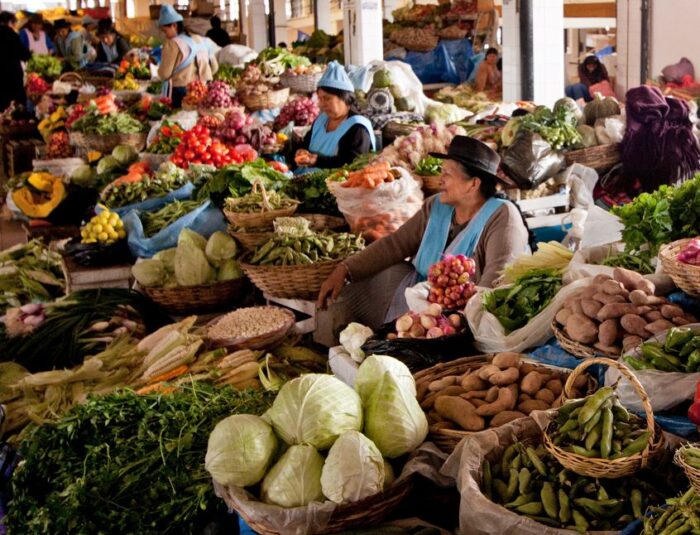
The history of Bolivian cuisine is linked to the country’s geography, like all local food across the globe. Bolivia’s terrain ranges from snow-capped mountains (think: Andes) to rainforest (that’s right: their part of the Amazon)—and its comida is just as diverse.
In Bolivia’s tropical lowlands, the cuisine centers around vegetables, meat and fruit. Achachairú, Bolivia’s national fruta, is one of its most prized and unique ingredients. This bright orange, egg-shaped fruit even has its own festival. Also popular is yuca, a root vegetable that is loved and used for sustenance in tropical regions throughout the world. In Santa Cruz de la Sierra, one of the largest cities in Bolivia, yuca is the star of a go-to street food called zonzo or sonso. This snack made with mashed yuca and cheese grilled on a stick is perfect for eating on the go.
The altiplano, a plateau in the Andes that rises 12,000 feet above sea level, is another distinct geographical region in Bolivia and its neighboring countries. This arid area is known for its agriculture and cattle. The crops that thrive in the antiplano include alfalfa, potatoes and quinoa. Did you know the Andes mountain range is considered the birthplace of potatoes? These starchy tubers were first domesticated thousands of years ago by Indigenous groups in the region. In Bolivia (as well as nearby Peru), you can find thousands of potato varieties and the local cuisine uses them ingeniously in popular dishes like salteñas, baked empanadas, and rellenos de papa, which are mashed-potatoes croquettes filled with ground beef and a slice of egg.
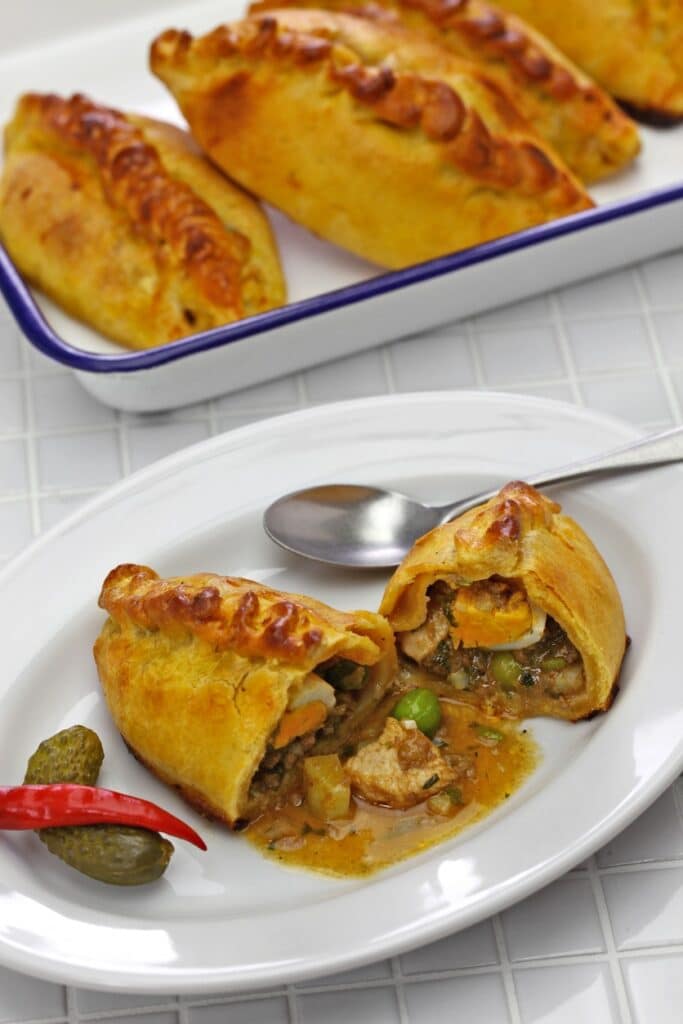
Quinoa, one of the best known Bolivian cuisine staples, originated in the Andean region and was also first domesticated by Indigenous people. This pseudo-grain (it comes from a flowering plant—not a grass) is packed with healthy fiber and antioxidants. A favorite local dish made with quinoa is pastel de quinoa. Unlike its name suggests, pastel de quinoa is not a sweet cake. It’s a savory loaf made with quinoa, spices and queso fresco. We especially love this quinoa with ají colorado or red pepper dish, sent to Familia Kitchen by Rita Jimenez, the nom de cocina of one of our favorite Bolivian homecooks. This is a much-loved side dish where she is from: Cochabamba, in the central Andes valley.

Other Bolivian geographic regions with their own distinct food cultures include the yungas (humid and subtropical), highland valleys (temperate and grassy), gran chaco (dry scrubland), and Andes (rugged and mountainous.) You won’t see much seafood. Unlike the majority of Latino countries, Bolivia is one of only two countries in South America that is landlocked.
Though Bolivia’s geography determines what grows best when and where, its people, of course, are the ones who decide what’s on the plate. And here we see the influence of their cultural history. Many of the country’s most popular traditional dishes are shaped by Spanish colonizers, Afro-Bolivians, Indigenous people and other immigrant groups. For example, the spicy, succulent pork dish mondongo (a spicy beef tripe soup) has African roots, while humintas (similar to tamales) are of Indigenous origin.
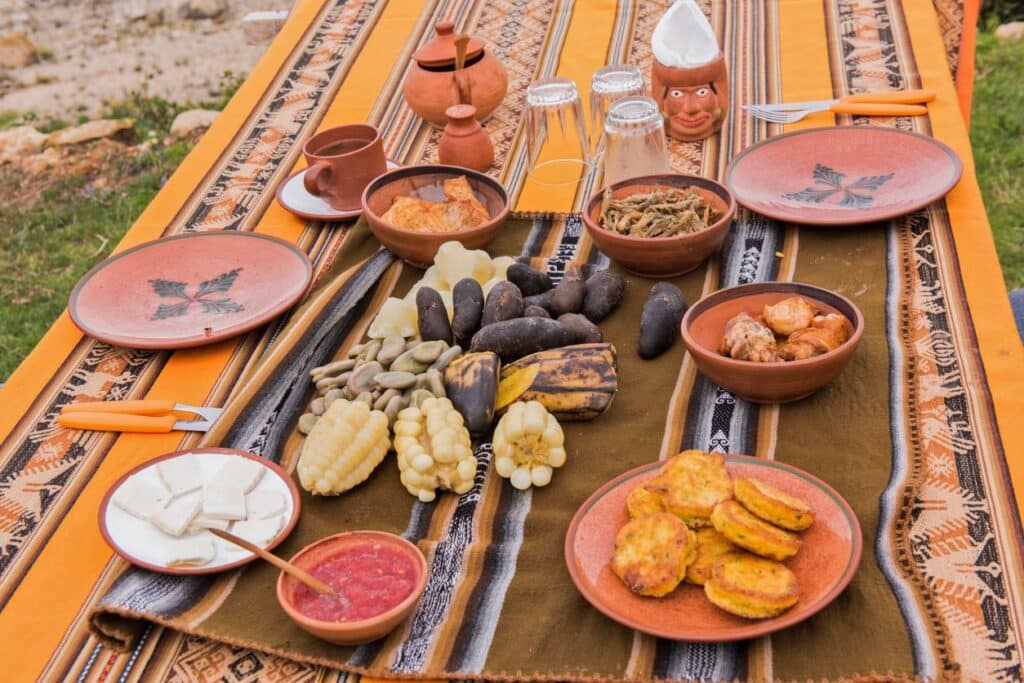
While this Indigenous-Spanish-African mix of influences is típico of all Latino cuisine, Bolivia is unique in that more than 60% of its population is Indigenous, the highest proportion out of any country in South America. Two of the largest Indigenous groups are the highlands-dwelling Quechua and Aymara. After Spanish, the nation’s official language, two commonly spoken languages include Quechua, from the Incas, and Aymara, from the Tiwanaku culture.
Bolivian food culture retains aspects of its Spanish roots. For example, lunch is the largest meal of the day, often followed by a siesta. Tea time is also especially important in Bolivia, a tradition that helps warm those who live in the cold climate of the Andes Mountains.
Hungry to try Bolivian dishes? We recommend Rita’s Falso Conejo or Bolivian Beef Cutlets and her delicioso quinoa, of course. If you have a family-famous Bolivian recipe, Familia Kitchen would be honored to spotlight it. Submit your recipe here!
MoreLike This

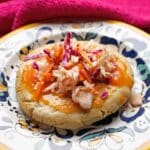
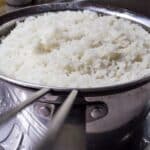
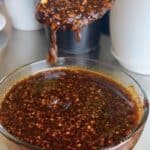
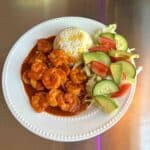
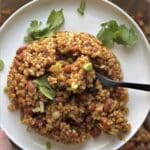
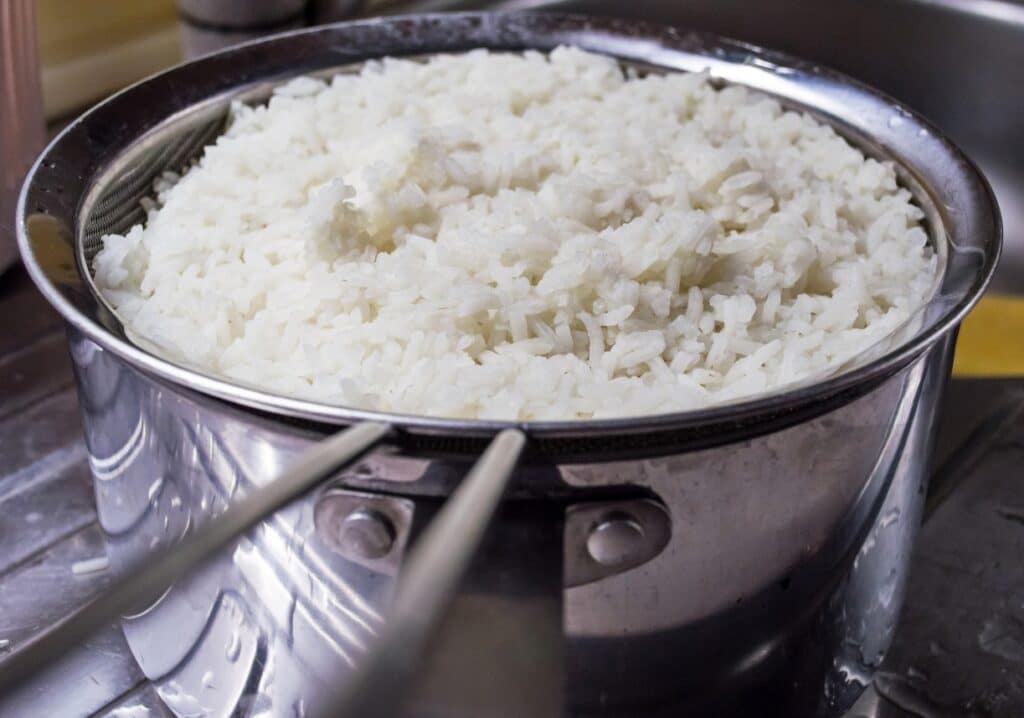


Got a question or suggestion?
Please rate this recipe and leave any tips, substitutions, or Qs you have!